Safe & secure Cartesi wallet
Take control of your Cartesi assets with complete confidence in the Trezor ecosystem.
- Secured by your hardware wallet
- Use with compatible hot wallets
- Trusted by over 2 million customers
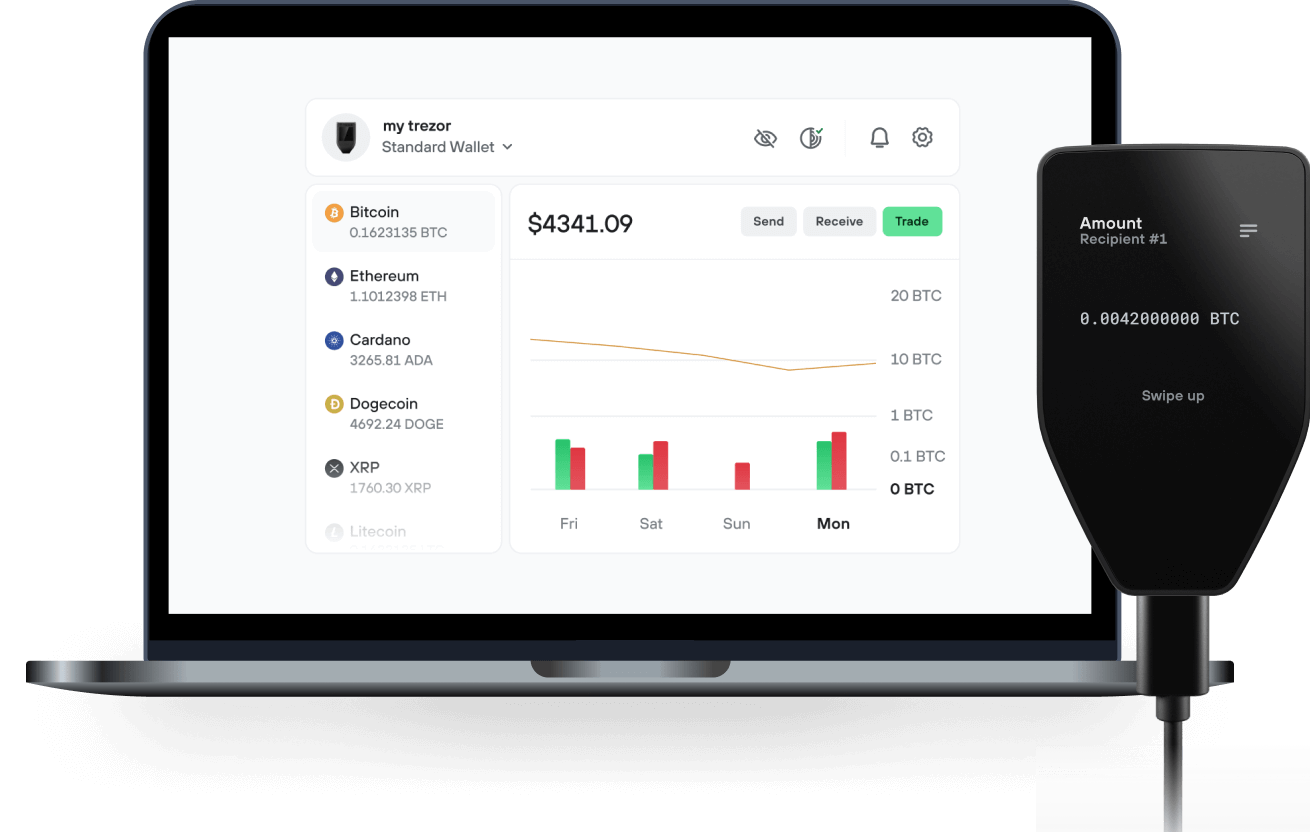
Send & receive your Cartesi with the Trezor Suite app

Send & receive

Buy & swap
Trezor hardware wallets that support Cartesi
Sync your Trezor with wallet apps
Manage your Cartesi with your Trezor hardware wallet synced with several wallet apps.
Trezor Suite
MetaMask
Rabby
Supported Cartesi Networks
- Polygon POS
- Base
- Ethereum
- Arbitrum One
- Avalanche
- Optimism
- BNB Smart Chain
Why a hardware wallet?
Go offline with Trezor
- You own 100% of your coins
- Your wallet is 100% safe offline
- Your data is 100% anonymous
- Your coins aren’t tied to any company
Online exchanges
- If an exchange fails, you lose your coins
- Exchanges are targets for hackers
- Your personal data may be exposed
- You don’t truly own your coins
How to CTSI on Trezor
Connect your Trezor
Install Trezor Suite
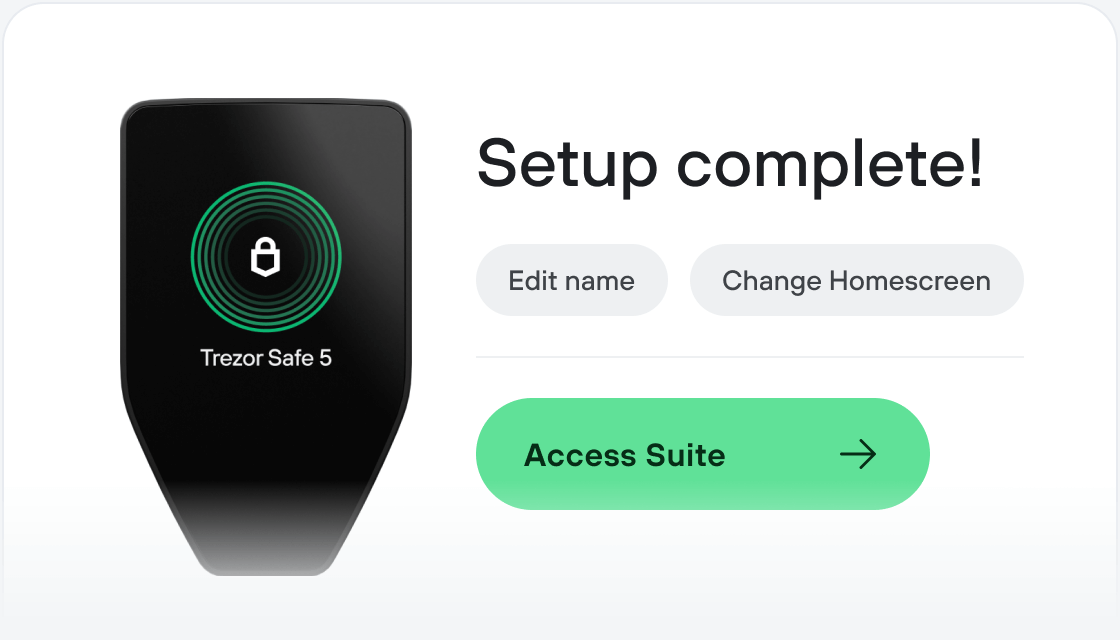
Transfer your CTSI
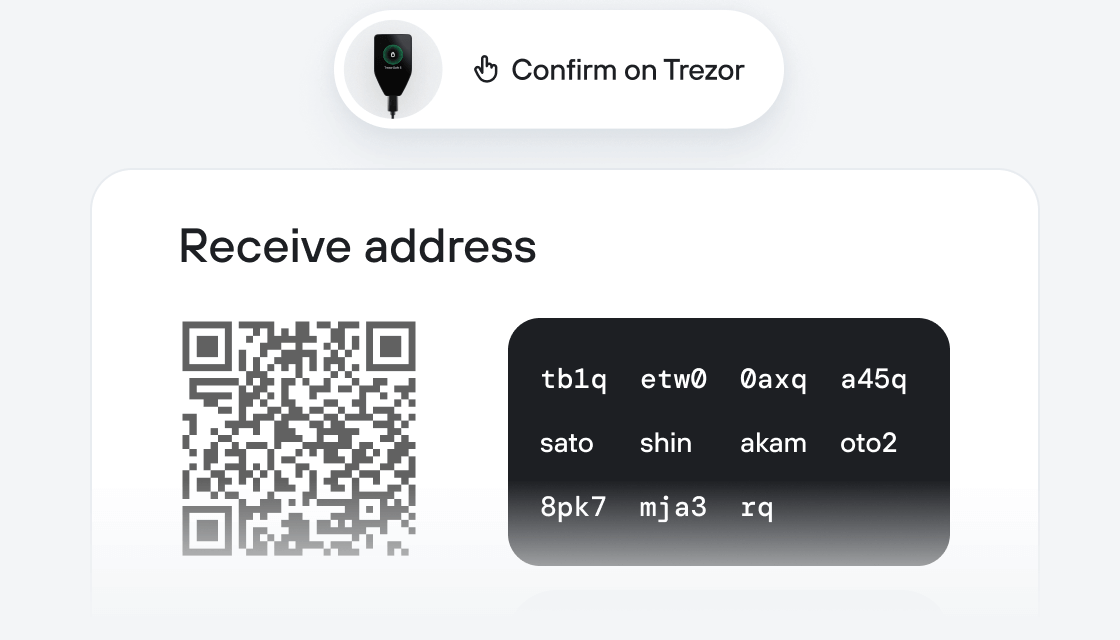
Make the most of your CTSI
Trezor keeps your CTSI secure
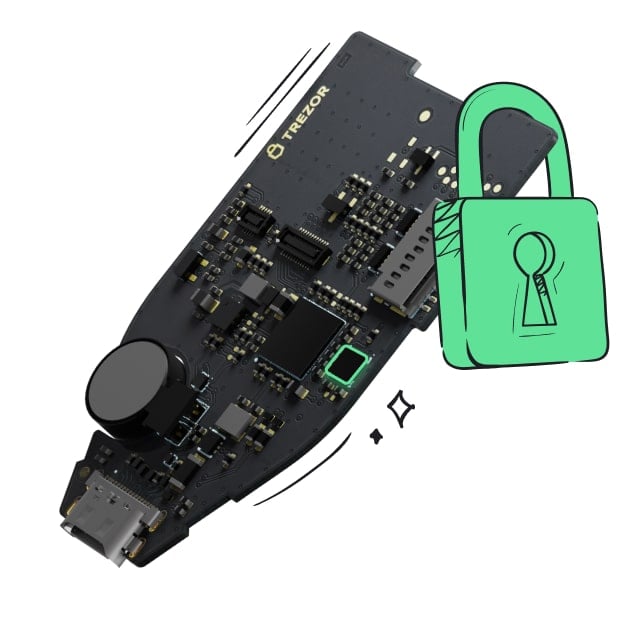 Protected by Secure Element
Protected by Secure ElementThe best defense against both online and offline threats
 Your tokens, your control
Your tokens, your controlAbsolute control of every transaction with on-device confirmation
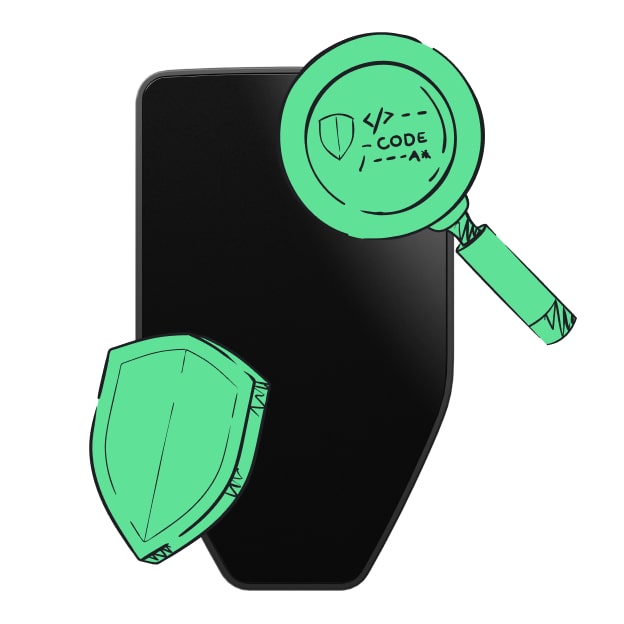 Security starts with open-source
Security starts with open-sourceTransparent wallet design makes your Trezor better and safer
 Clear & simple wallet backup
Clear & simple wallet backupRecover access to your digital assets with a new backup standard
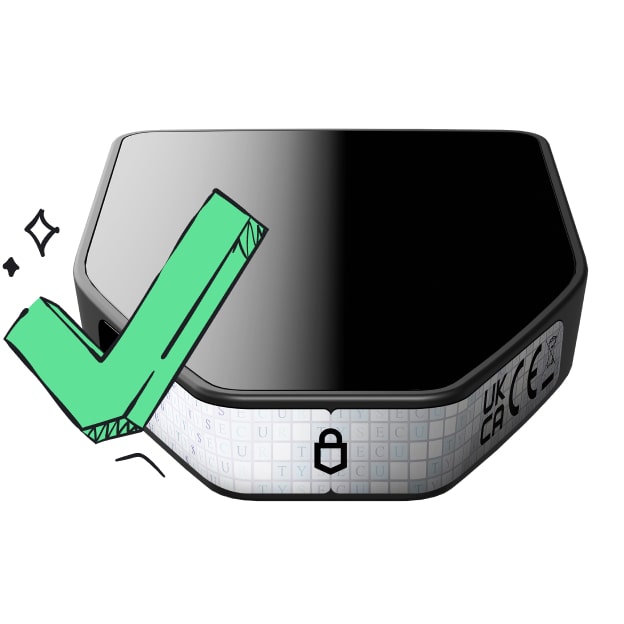 Confidence from day one
Confidence from day onePackaging & device security seals protect your Trezor’s integrity
About Cartesi (CTSI) Cartesi is an application-specific rollups execution layer with a Linux runtime. Cartesi’s RISC-V virtual machine allows developers to import decades of open-source wisdom to blockchain applications and build decentralized applications with their favorite libraries, compilers, and other time-tested open-source tooling. Cartesi Rollups can be deployed as layer 2 (on top of Ethereum) or as layer 3 (on top of Optimism, Arbitrum, zkEVM chains, etc.), or as sovereign rollups.
What Makes Cartesi Unique and Key Highlights Cartesi is an application-specific rollup execution layer with a Linux runtime. Cartesi’s RISC-V virtual machine allows developers to import decades of open-source wisdom to blockchain applications and build decentralized applications with their favorite libraries, compilers, and other time-tested open-source tooling.
DApps are deployed on their own customizable application-specific rollup chains; DApps don't compete with each other in Cartesi’s ecosystem for scarce blockspace; Provides Ethereum or L2’s with orders of magnitude more computational capacity; Developers can code decentralized logic with their favorite libraries, compilers and other time-tested open source components; DApps preserve the strong security guarantees and censorship resistance of the underlying blockchain; Cartesi Rollups can be deployed as a layer 2 (on top of Ethereum), as a layer 3 (on top of Optimism, Arbitrum, zkEVM chains, etc.), or as sovereign rollups; Cartesi Rollups opens up the design space for more expressive and computationally intensive blockchain applications. The Cartesi Team The most important asset for The Cartesi Foundation is an ecosystem of contributors, each with a team of strong professionals, researchers and engineers extremely excited to create and implement cutting edge solutions in the blockchain space.
Cartesi’s core contributors come from high profile backgrounds with real-world experience at top companies such as Microsoft Research, and PhDs from top universities like ETH Zurich and Princeton.
To read about the Cartesi Foundation's story and see the full lineup of contributors, visit the About page.
What Can CTSI Be Used For? The token for Cartesi, CTSI, has been designed to intermediate protocol governance and to provide additional convenience and timeliness to Cartesi DApps.
CTSI’s primary function is governance for the Cartesi ecosystem.
Cartesi Foundation's decentralized ecosystem will use CTSI as a way for community members to signal approval or disapproval of community programs originating from Cartesi Improvement Proposals (CIPs). The first will be to govern the Cartesi Community Grant Program and ecosystem. The community grant program will fund new DApps built on Cartesi Rollups, public goods or retroactively fund successful projects in the Cartesi ecosystem. As the Cartesi Foundation becomes more and more decentralized, CTSI will be used in several aspects of governing the future ecosystem, network, and DAOs. CTSI will also play an increasingly important role in terms of convenience and timeliness for DApps through Noether. Noether is a proof-of-stake solution for race-condition problems in financially incentivized blockchain interactions. In other words, node runners and stakers participating in Nother are financially rewarded for timely executing future Cartesi Ecosystem services, such as the decentralized sequencer, automatic execution vouchers, liquidity providers, and validator claims.
Noether also plays a role in Cartesi's governance. CTSI holders willing to participate in governance voting must first have their tokens delegated to a pool in the PoS system.